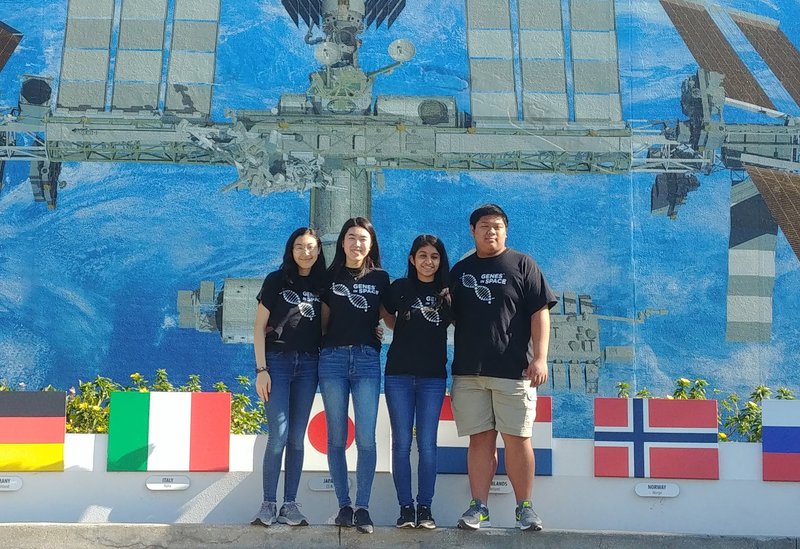

“My goal has always been to develop crops that could feed a growing global population on less farmland,” Orozco-Cárdenas said. Climate change complicates the problem more. Global food production will need to double to meet the food needs by then. It was very exciting to see how a single base change in one of the genes can have such an impact on plant growth and development,” she said.īy 2050, there will be nine billion people on the planet, but arable land is decreasing. “For several years I have been studying the family of genes involved in DNA repair, early response to stress, cell division, differentiation, and growth in plants. Orozco-Cárdenas originally used CRISPR-Cas9 gene-editing technology to shrink the size of ordinary tomato plants and reduce the ratio of leaves and stems to fruit. Robert Jinkerson, an assistant professor of chemical and environmental engineering in the Marlan and Rosemary Bourns College of Engineering and Martha Orozco-Cárdenas, director of the Plant Transformation Research Center in the College of Natural and Agricultural Sciences, will use the two-year $800,000 grant to continue to reduce the size of the miniature plants, engineer them for enhanced photosynthesis, grow them in a container that mimics conditions on the International Space Station, analyze the fruit’s nutritional content, and conduct taste tests. Dubbed Small Plants for Space Expeditions, or SPACE, plants by the researchers, the technology could be applied to other plants to develop a suite of crops for agriculture on the International Space Station and future space colonies. Now, with a grant from the NASA-funded Translational Research Institute for Space Health, UCR researchers will tweak the tomatoes to make them also uniquely suited to growing in space. A tomato plant with more edible fruit than biomass could grow on the ISS.


 0 kommentar(er)
0 kommentar(er)
